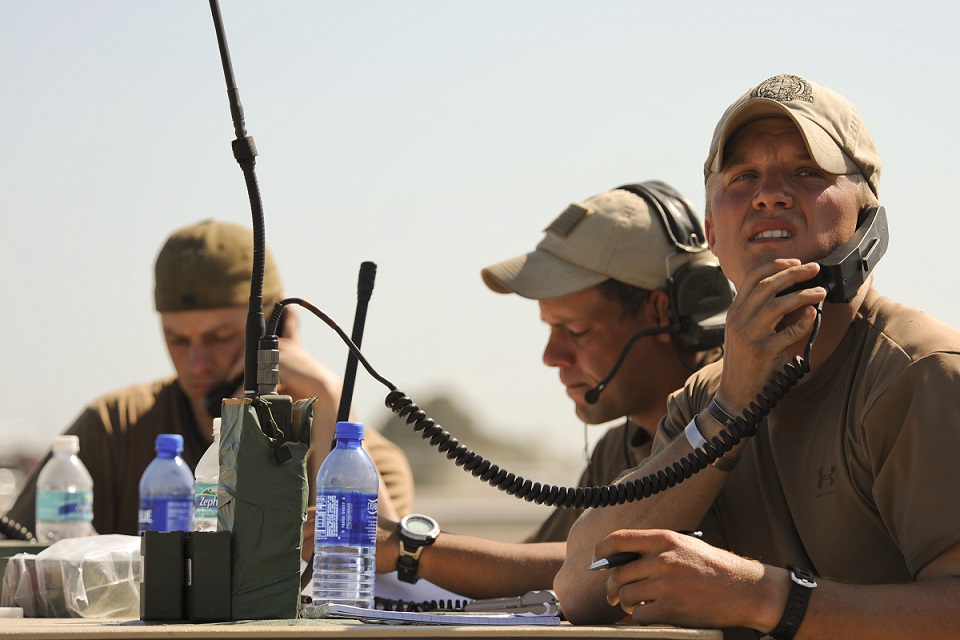This post is also available in:
 עברית (Hebrew)
עברית (Hebrew)
A new research project funded by DARPA, the US Defense Advanced Research Projects Agency, is developing an autonomous drone made out of cardboard that can fly twice the distance of any fixed-range aircraft because it’s disposable.
Building on innovations achieved in the Vanishing Programmable Resources (VAPR) program, which has developed self-destructing electronic components, the ICARUS program is driven by a vision of vanishing air vehicles that can make precise deliveries of critical supplies and then disappear, according to DARPA’s website.
Supply and re-supply of small military and civilian teams in difficult-to-access territory currently requires the use of large, parachute-based delivery systems that must be packed out after receipt of the payload both for operational security and environmental concerns. If ICARUS is successful, small items, including batteries, communications devices, or medical supplies – especially those requiring maintenance of a cold chain – could be supplied/resupplied using low-cost, disposable aircraft to military or humanitarian assistance teams operating in difficult-to-access areas.
The ICARUS program addresses these challenges by calling for the development of autonomous air-delivery vehicles capable of delivering intact a 3-pound payload with 10 meters accuracy with respect to a GPS-programmed location. Within hours of payload delivery, the vehicle, which should be no more than 3 meters in its longest dimension, must physically vanish.
The 26-month program will culminate in a final Government field-test of fully vanishing, precision air delivery prototypes.
The primary challenges of the program are aerodynamics and materials. It will take creative aerodynamic design and materials engineering to minimize overall capability tradeoffs that the interplay of these two interacting arenas is likely to require. For example, engineering materials that are stable enough to meet flight specifications, yet unstable enough to undergo the vanishing requirement, is a tall order.
Within a larger context, says DARPA, the ICARUS program addresses the fundamental question of whether large, functional structures can be deliberately designed to disappear soon after their mission is completed. If this capability can be developed, it could have impacts in many core areas where a leave-behind would have environmental and/or unintended logistical consequences.


























